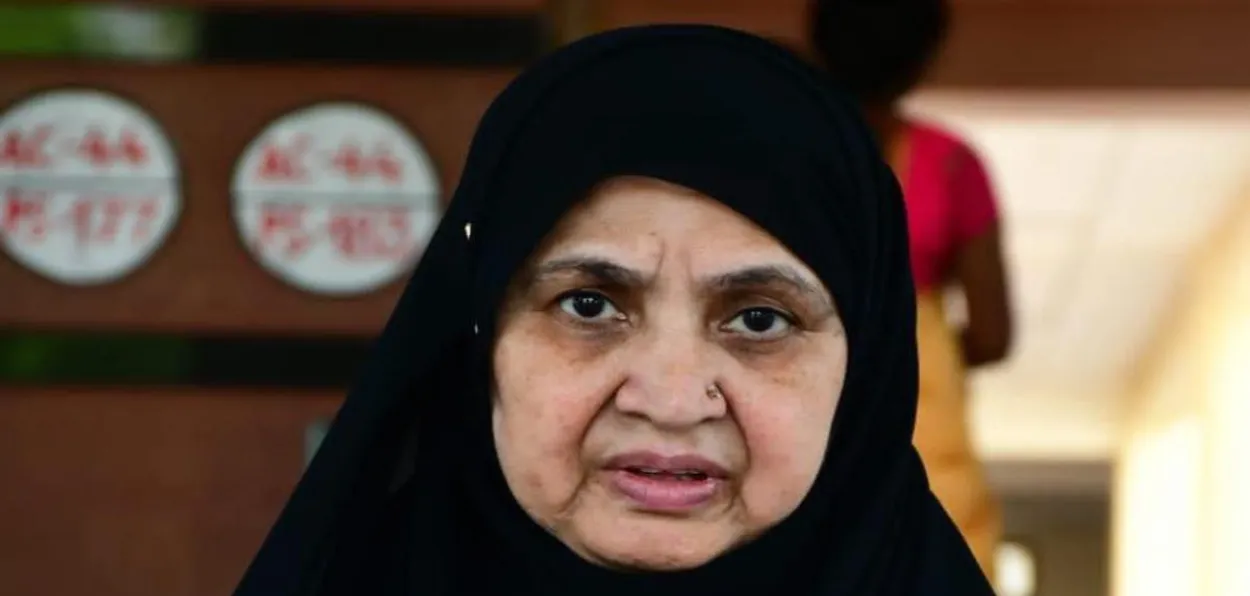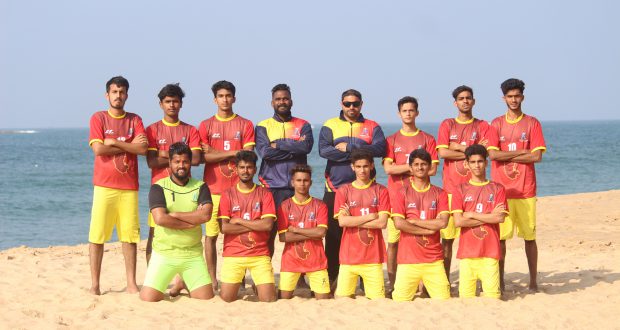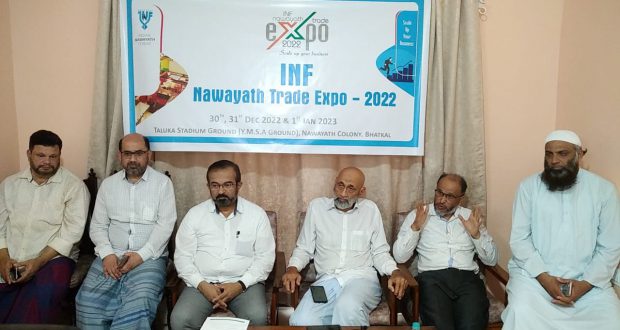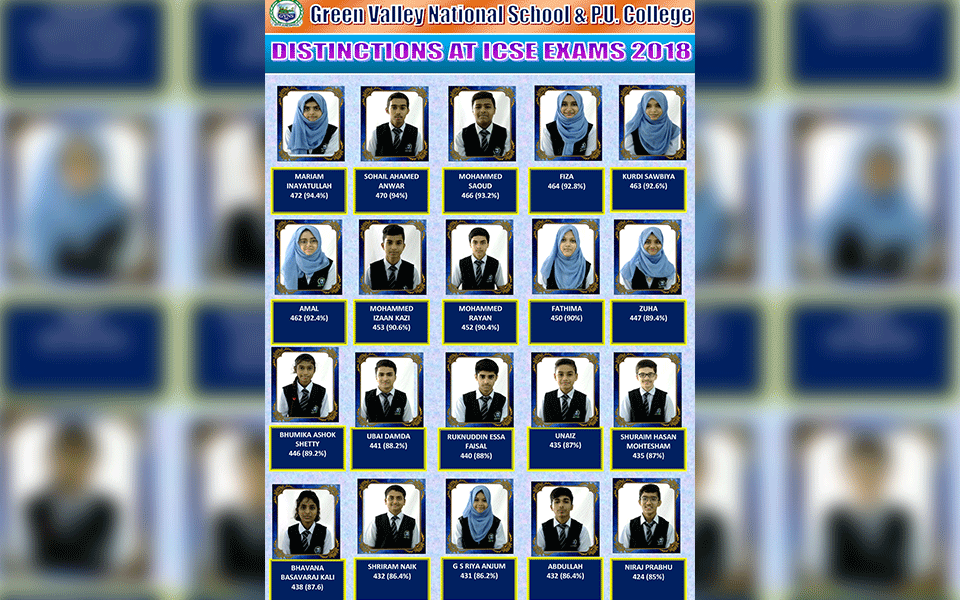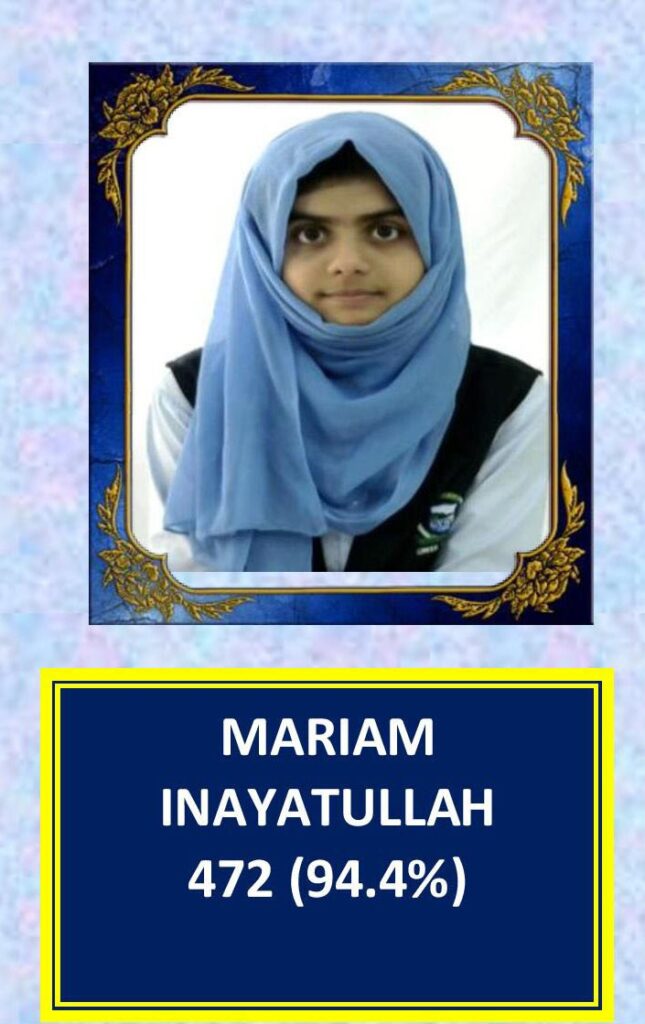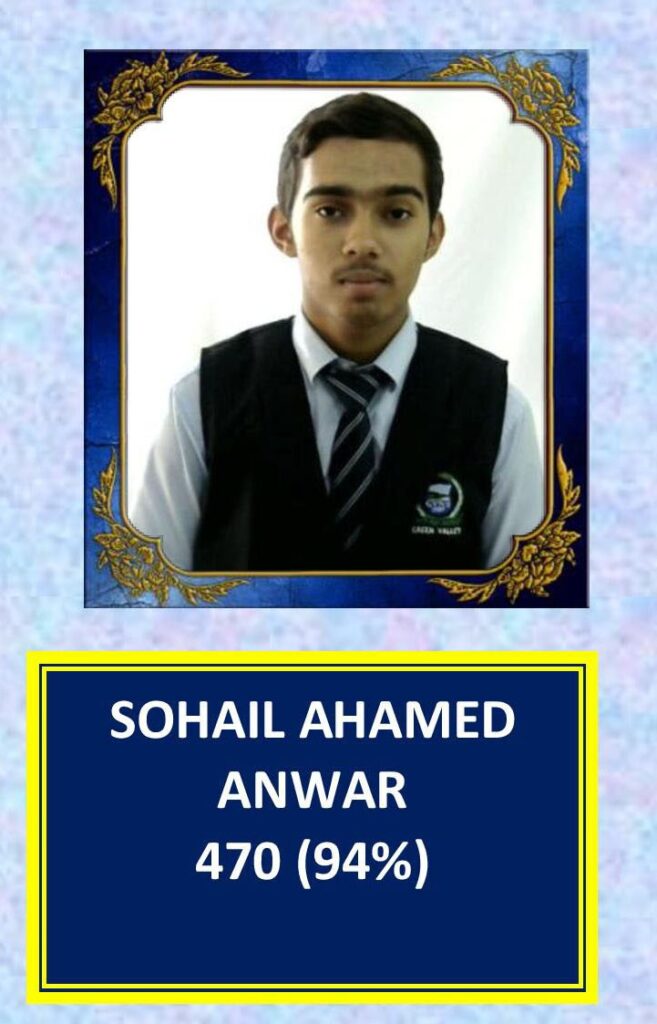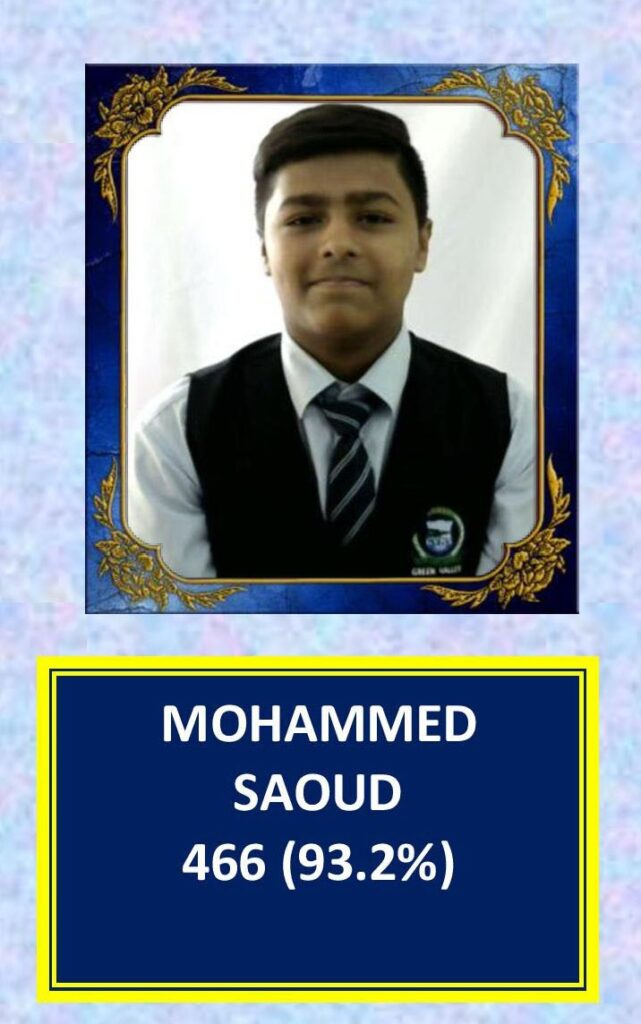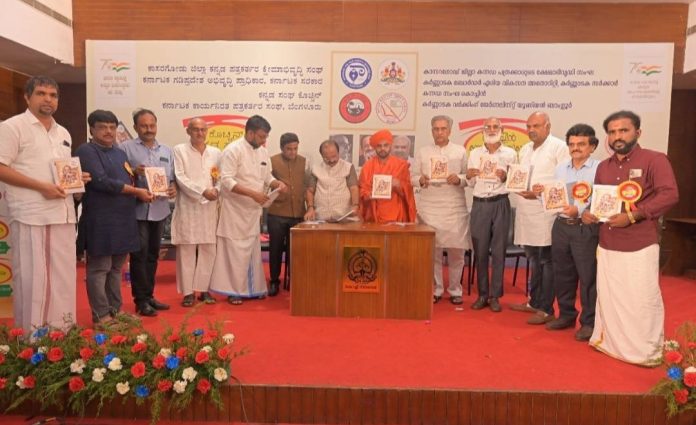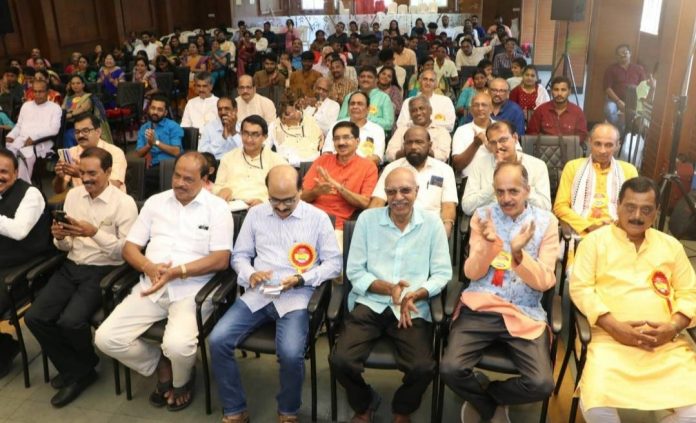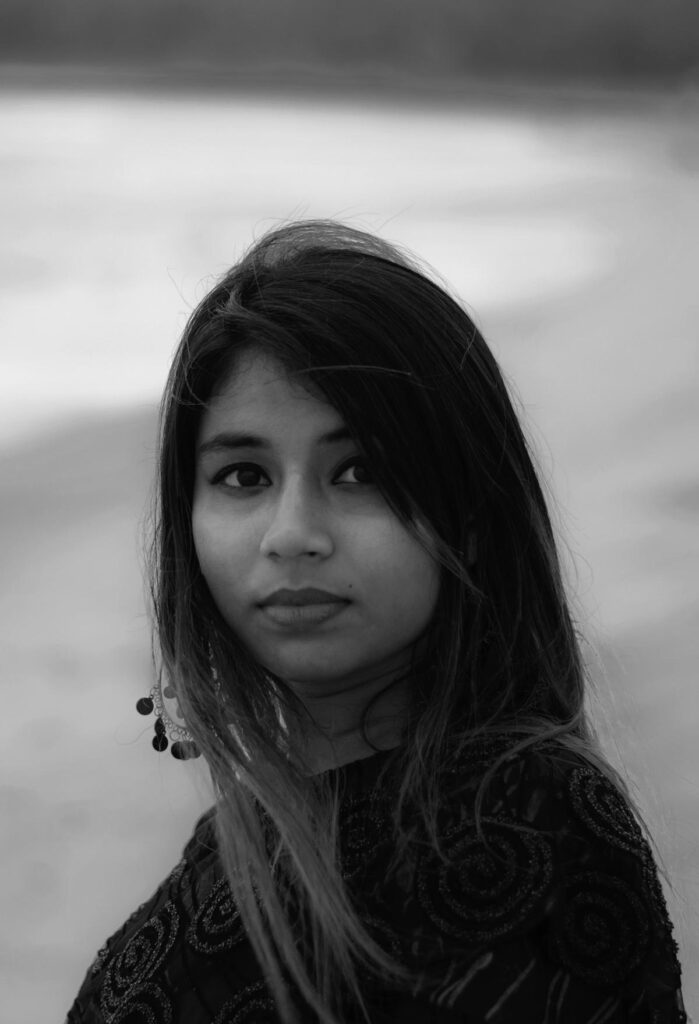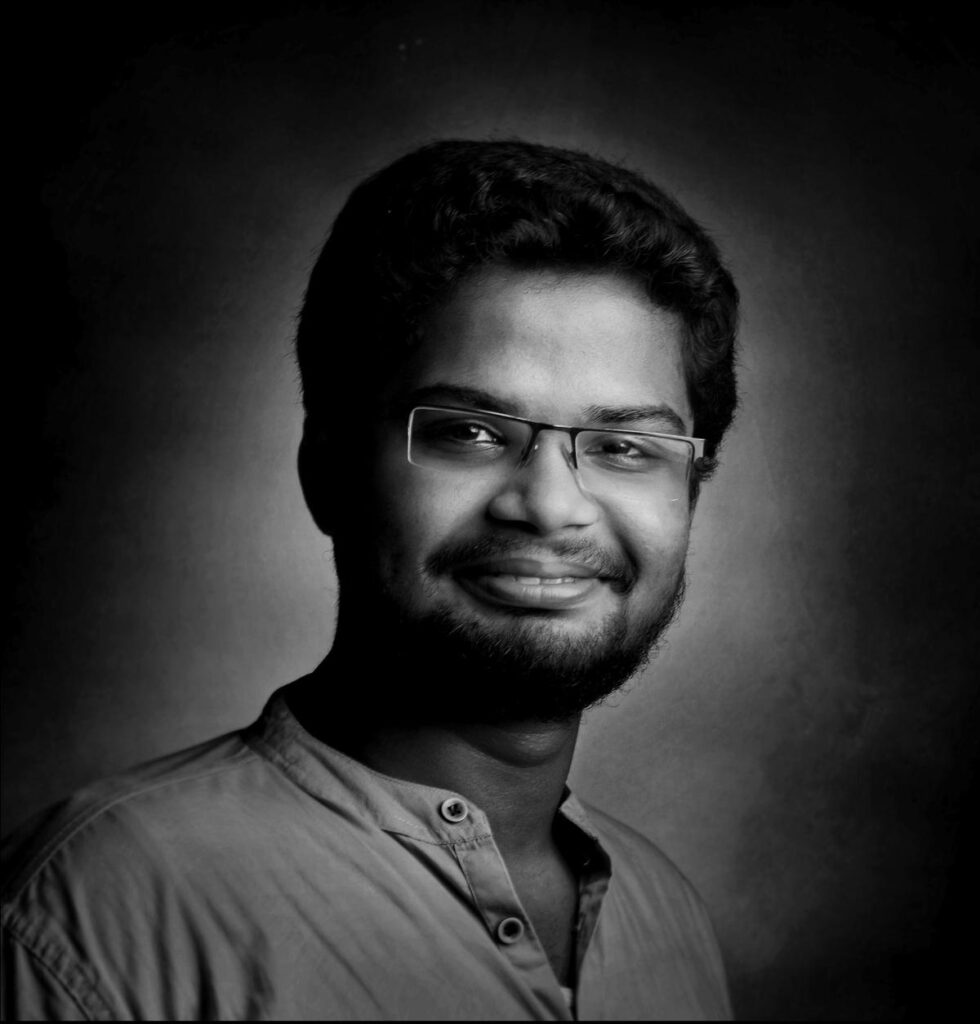Mangaluru, KARNATAKA / Dubai, U.A.E:
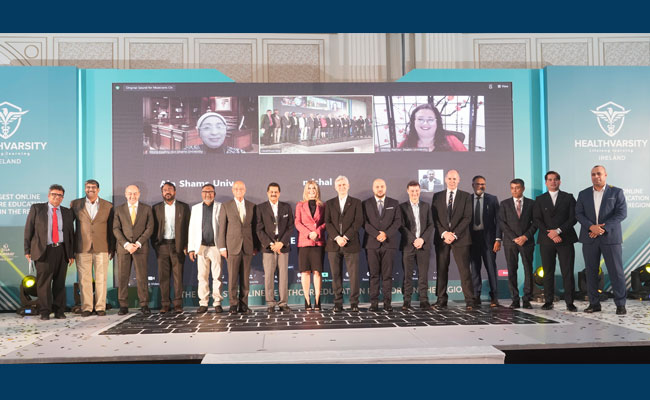
Dubai, UAE :
Healthvarsity LLC, the GCC region’s biggest online learning platform for health professionals, using AI and blockchain technology, was launched in Dubai on Wednesday by one of the region’s pioneers in healthcare and medical education.
Headquartered and registered in Dublin, Ireland, Healthvarsity is the brainchild of Dr. Thumbay Moideen, Founder president of Healthvarsity and Thumbay Group, the Dubai-based international business conglomerate, with operations across a wide range of verticals, including education and healthcare.
Designed to positively impact healthcare professionals by helping them progress in their careers, the new EdTech venture offers currently more than 200 courses-which can be paid for in cryptocurrency. The platform aims to expand the reach and accessibility of well-defined programs for up-skilling doctors, nurses, pharmacists, physiotherapists and aspiring medical students, among others. Going forward, the platform will also introduce features such as an AI-based Virtual Instructor, AI-based Virtual Mentor and AI-based Virtual Assessor.
Dr. Moideen, Founder President of Healthvarsity, introduced the platform to 200 stakeholders and guests attending the official launch ceremony today at the Palazzo Versace Hotel, Dubai.
Guests of honour present at the ceremony included Dr. Richard Grose, Dean for Global Engagement, Professor of Cancer Cell Biology, Queen Mary University of London, UK, and Mrs. Wendy Palmer, Director, Global Studio, Deakin University, Australia. They were among a panel of international experts who took part in a multi-stage process to design the Healthvarsity audio-visual courses and full curriculum.
Speaking at the launch ceremony, Dr Moideen said: “Healthvarsity embodies the highly engaged, focused, interactive and unique learning that has been a hallmark of medical education programs for decades. The interconnected world that we live in has experienced unprecedented growth in recent times, and preparing healthcare professionals to succeed in this challenging environment demands a flexible and real world-based approach to education.”
“Healthvarsity will, thus, provide a powerful channel for communicating ideas to and engaging with new and wider audiences, nurturing lifelong journey of enquiry and discovery and achieve better career outcomes using latest technology.”
Healthvasity courses are available in the English language for all users, at different designations and levels of education and professional experience, from students to administrators, doctors, and other healthcare professions. After the initial registration, users can select courses optimally meeting their professional requirements from several options, including diploma, advanced certificate courses, master classes and self-study programmes. On completion of each course, they receive a certificate on blockchain to maintain security and authenticity.
Healthvasity offerings are differentiated by multiple course styles, including recorded webinars, guided tours, case studies, test preparation, demonstrations, and leaders’ insights.
Mrs. Wendy Palmer, Director, Global Studio, Deakin University, Australia, “We are honored, excited and proud to partner with Healthvarsity to lead the transformation in medical education. With unique set of courses, the platform will provide not only provide easily accessible tool for professionals and learners in refining their skills and increasing the accuracy of their work, but will also bring together renowned academicians of the world on one platform to make the Halthvarsity the center of engagement for research, innovation, education and collaboration in the years to come.”
Fee structure for students, and revenue model for instructors, are built on a robust and forward-looking economic model. Partnering local banks, payment gateways, ‘Learn now and pay later’, Healthvarsity offers easy and flexible payment methods for learners to make healthcare education more accessible, and economically sustainable, to enable future investment and growth.
Dr. Richard Grose, Dean for Global Engagement, Professor of Cancer Cell Biology, Queen Mary University of London, UK: “We are excited to join forces with Healthvarsity to equip health professionals, learners in the region, and beyond, with the essential skills they need to achieve better career outcomes. Learners across the world have embraced online learning at a greater pace since the beginning of the pandemic. And, therefore, expanding our range of partnerships with some of the region’s pioneers in medical education and research, we look forward to continuing to deliver transformational, relevant learning to everyone.”
The panel responsible for designing the Healthvarsity courses and curriculum also included experts from University of Arizona (USA), Medi-AI (Australia), Skills for Health – UK, e-Integrity (UK), Learna (UK), AIN Shams (Egypt), Raaonline (India), The Behavioral Training Institute (Ireland), IBCCES (USA), Arlington Medical Academy (UK), Gulf Medical University (UAE), Thumbay Labs (UAE), Advanced Laparoscopic Training (United Kingdom), Newcastle Australia – Singapore, AIO Compass (Japan).
About Healthvarsity
The Healthvarsity registered in Ireland, aims to positively impact healthcare professionals by helping them progress in their careers. The newly established ed-tech venture is a brainchild of the visionary leader in Healthcare and Medical Education, Dr. Thumbay Moideen.
Healthcare and alternative medicine are growing sectors, and the demand for working professionals in these segments has seen a meteoric rise in recent times. Accredited health courses provide students with the skills, knowledge, and experience to stand out and develop the tools they need for a rewarding career. The objective of this platform is to make healthcare education more accessible, engaging, and beneficial for people everywhere. Healthvarsity courses are organized to help focus on learning with a more comprehensive study of key topics related to health, wellness and beyond.
Healthvarsity will provide professional development, career-focused education, and in-demand healthcare programs in a self-paced online format. Enrolling in online courses is an excellent way to demonstrate commitment to a healthcare specialization.
About Thumbay Group
Founded by Dr. Thumbay Moideen in 1997, Thumbay Group is a diversified international business conglomerate with operations across different verticals. These include education, healthcare, medical research, diagnostics, retail pharmacy, health communications, retail opticals, wellness, nutrition stores, hospitality, real estate, publishing, technology, media, events, medical tourism, trading and marketing & distribution. Headquartered in Dubai, the group presently employs around 3,000 people.
Thumbay Group is committed to provide quality care to the community. The Thumbay Hospital Network, which today has the distinction of being the biggest chain of private academic hospitals in the region, treats patients from as many as 175 countries. Thumbay Group’s Healthcare Division operates eight academic hospitals, ten family clinics and medical centers, five diagnostic labs, and 46 retail pharmacy outlets.
Thumbay Group’s pioneering role in the GCC has helped establish the UAE as a regional hub of futuristic medical education, state-of-the-art healthcare, and cutting-edge research.
source: http://www.english.varthabharati.in / Vartha Bharati / Home> Gulf / by Vartha Bharati / May 03rd, 2023
